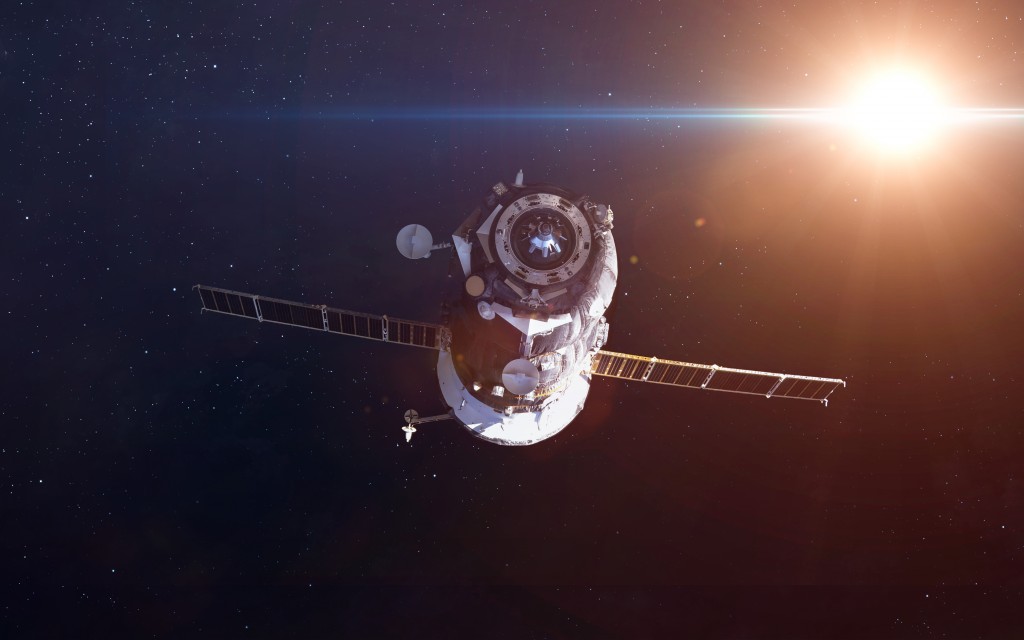The Jupiter-like massive exoplanet dubbed ‘HD 106906 b’ occupies an unusual orbit around twin host stars 336 light-years away. It may be providing clues to something that may be closer to home than we thought—a ‘hypothesized’ distant member of the solar system named “Planet Nine.”
It’s the first time astronomers measured the motion of a Jupiter-like planet orbiting far away from its stellar hosts and visible debris disc. This planet was discovered in 2013 using Magellan Telescopes in Chile. Such a discovery would not have been possible were it not for the recent developments in digital and information technology. GRC modules like Servicenow help businesses assess risk, but the same tech is also being used for current space flight and exploration research. In the past, there have many mistakes that caused catastrophic failures but scientists and astronomers then did not have the means to find the exoplanet’s orbit back then—until now.
Here’s what you need to know about Hubble’s latest discovery of an exoplanet resembling ‘Planet Nine.’
Experts Suggest If ‘Planet Nine’ Does Exist It Could’ve Form Earlier
Although most planets in the solar system have been visited by spacecraft, the system’s outer-frontier has been barely explored. However, recently, there’s circumstantial evidence that a new planet, which is five times Earth’s size, named ‘Planet Nine,’ may be lurking out there in the unknown. If it is real, it’s going around a wide orbit, taking it 800 times farther from the Earth’s distance to the sun. Although astronomers and scientists have yet to discover this new world, they’ve found a clue 336 light-years away.
Astronomers looked at Hubble photos of the double star, dubbed ‘HD 106906,’ have discovered a planet in a massive 15,000-year-long orbit sweeping it as far from its stellar hosts as Planet Nine would be from the Earth’s sun. This ‘evidence’ may indicate that these far-flung words may exist around other stars.
This discovery is the first time experts have measured a Jupiter-like planet’s motion orbiting far away from its stellar hosts and unusual debris disk. Regardless, the system where Plane Nine resides is 15 million years old, meaning if it does exist, it could have formed early on—way before the evolution of the 4.6-billion-year-old solar system.
An ‘Eccentric’ Orbit
The exoplanet stays very far from its host pair of stars—more than 7330 times the Earth’s distance from the sun or roughly 6.8 billion miles afar. This vast separation made it challenging to determine the 15,000-year-long orbit. However, the exoplanet is creeping slowly along its orbit as its host stars are far away, producing weak gravitational pulls.
Additionally, the planet has an ‘extreme’ or eccentric orbit that’s misaligned, elongated, and external to the debris disks surrounding the host stars.
How Did the Exoplanet Get To Where It Is?
Although there’s no ‘accepted’ theory yet, the most known and prevailing one is that it formed closer to its stars, which is three times the distance the Earth is from the sun, but the drag within the system’s gas discs caused its orbits to decay, forcing it to move inwards toward its stellar hosts. Because of the forced ‘migration,’ the pressure from the whirling stars kicked the exoplanet onto an unusual orbit with a star passing close to the system—stabilizing the exoplanet’s ‘eccentric’ orbit, letting it stay to where it is now.
To date, scientists and astronomers only possess circumstantial evidence regarding the existence of Planet Nine. Experts have found clusters of celestial bodies beyond Neptune moving in unusual or ‘extreme’ orbits compared to the Solar System, leading to the theory of the objects getting shepherded together by a gravitational pull from an unseen planet.
However, there are still numerous open questions about it, as nobody knows where or how ‘Planet Nine’ formed. Although astronomers have made the first measurement and proof of orbital motion, there are still many uncertainties on the different orbital parameters—leaving observers and theorists to study this strange exoplanet for years to come and unraveling the vast mysteries of our planetary system.
